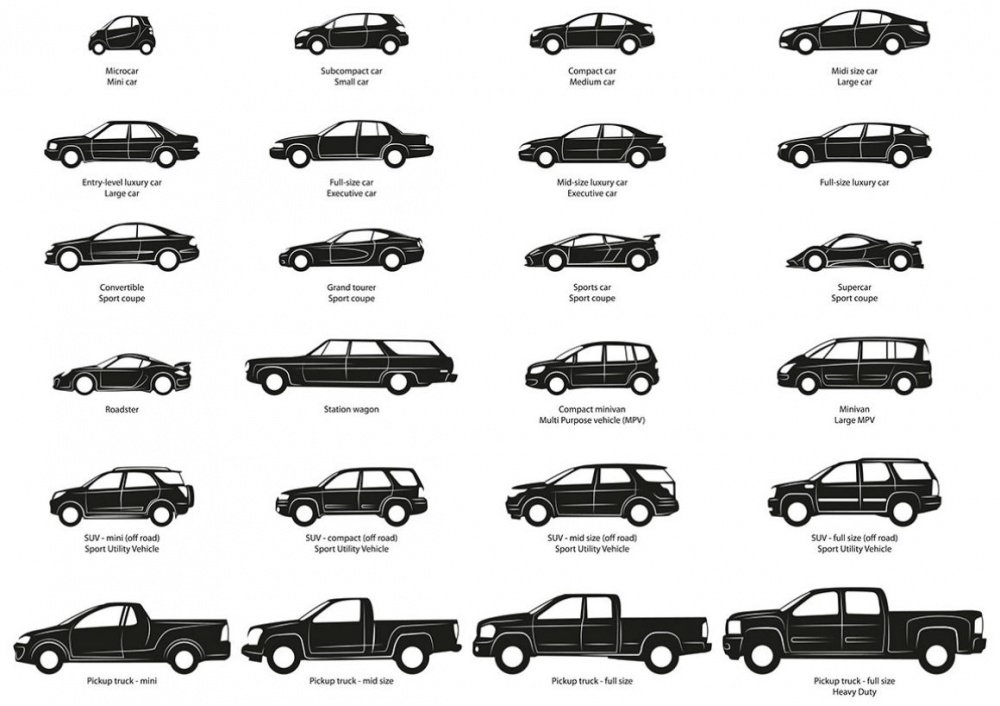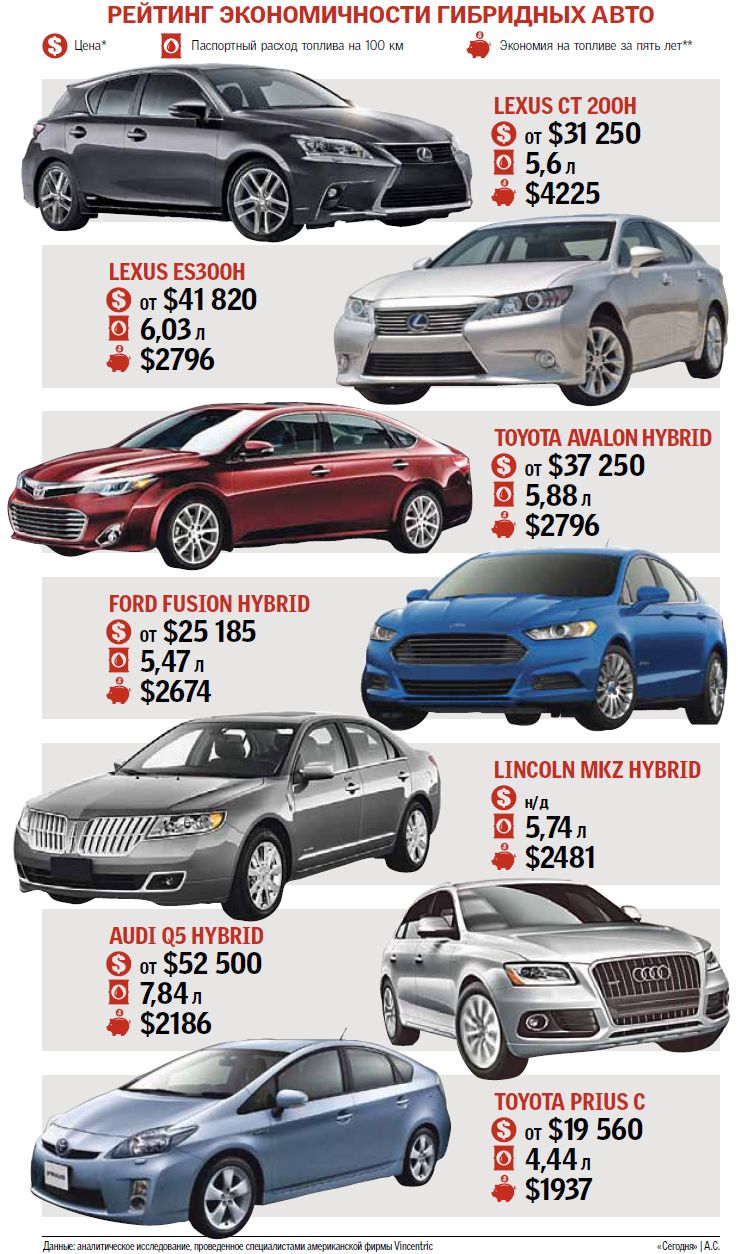
Hybrid car - the future of the global automotive industry? Should I choose a hybrid?
Content
Just a decade ago, few people could afford hybrid cars. The offer was addressed to the wealthiest drivers. Today, the declining prices of hybrid vehicles mean that they are becoming more popular and bought more often. However, it will be many years before the number of internal combustion and hybrid vehicles, for example, equals. What is a hybrid and how is it that a hybrid car drives but does not pollute the environment as much as the most commonly used cars on Polish streets? Check!
What is a hybrid?
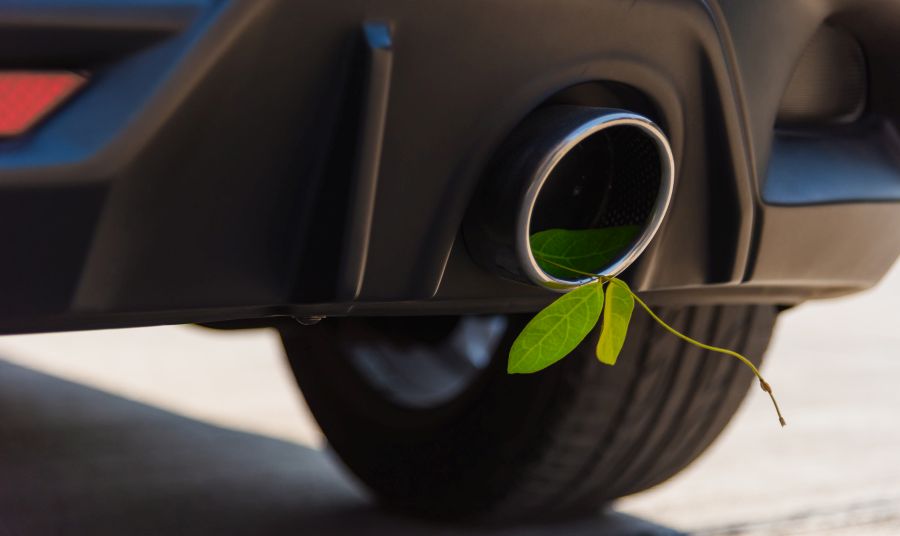
The main feature of hybrid cars is that they are equipped with a hybrid drive. This is a combination of elements such as an internal combustion engine and an electric motor or several electric motors in one drive unit. Hence we are talking about a hybrid drive, which can be understood as a combined engine that uses several elements for proper operation. Thanks to such solutions and the use of an electric drive in a hybrid, fuel consumption can be significantly reduced or, on the other hand, the vehicle's power can be increased.
Hybrid Vehicles - Available Types
Manufacturers supply the market with the following types of hybrids:
- series;
- in parallel;
- series-parallel.
Production hybrid vehicles
Hybrids of the series have an internal combustion engine and an electric motor, and the transmission is reinforced by a battery. It is here that the excess energy generated during movement is accumulated, which uses the car's generator at increased loads, i.e. mainly when starting off, driving uphill and fast acceleration. For mass-produced hybrid cars, it is typical that the internal combustion engine is not directly connected to the wheels of the car. It doesn't make them spin. It serves only as a drive for the generator that generates electricity. It is he who drives the electric motor, which, in turn, is responsible for driving the wheels of the car.
Parallel hybrid vehicles
Another type of hybrid is the parallel hybrid, also known as the mild hybrid. Unlike a serial hybrid, its internal combustion engine is mechanically connected to the wheels and is primarily responsible for their movement. In turn, the electric motor in such a hybrid is located, for example, on a shaft connecting the internal combustion engine with the transmission. It is tasked with keeping the internal combustion engine running when more torque is needed. This happens, for example, when accelerating and driving uphill.
Series-parallel hybrid vehicles
If we combine the characteristics of series and parallel hybrids, then another type of this type of vehicle will be created - a series-parallel hybrid called "full hybrid". It combines the features of the two solutions described above. In such vehicles, the internal combustion engine is mechanically coupled to the wheels and may, but need not, be the source of their propulsion. "Full hybrids" use an electric motor to drive, and energy is transferred to it by a generator or battery connected to an internal combustion engine. The latter can also be used to collect the energy generated during the braking process. car This type of hybrid provides a highly efficient all-wheel drive system, albeit with a simple design. The series-parallel motor is reliable. The pioneer in its development was the concern Toyota, and the first "full hybrid" was the Toyota Prius.
Hybrid car - construction
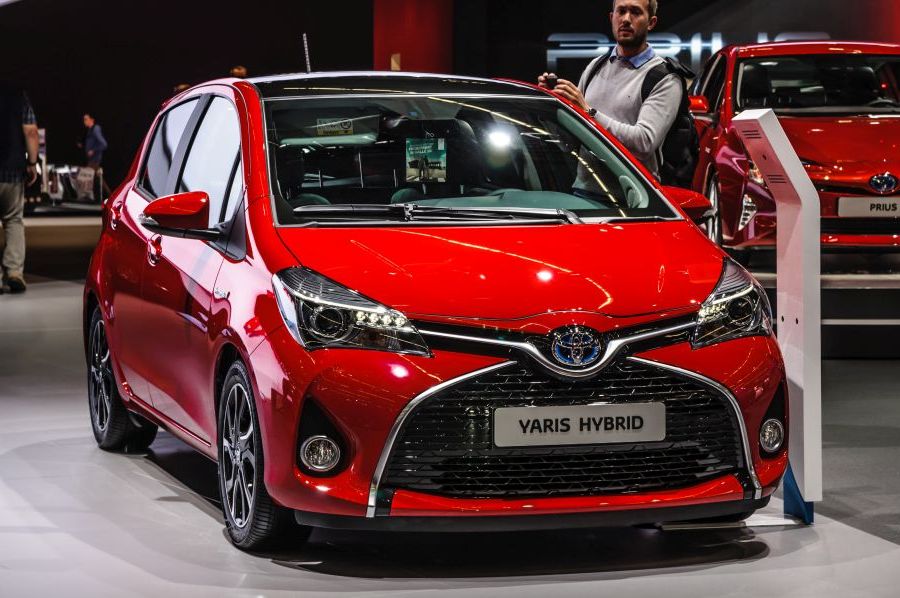
In the basic equipment, a hybrid car has an internal combustion engine and electric, as well as the all-important planetary gear. who is she? This is a part that is the link between the internal combustion engine, the generator and the electric motor that drives the wheels of the car. He is responsible for dividing the speed of the internal combustion engine shaft so that the wheels and the generator receive it equally. Its operation can be compared to a continuously variable transmission that sums up the torque generated by an internal combustion engine and an electric motor. Electronic control has been used to improve driving comfort and driving. The driver does nothing to evenly distribute the torque.
strong electric
The electric motor in a hybrid car is not the main engine, and it is not the engine that allows the vehicle to move—start and accelerate. It plays the role of a support for the internal combustion engine when there is such a clear need when more power is needed for the car, for example, when accelerating, starting uphill, etc. If you are dealing with a full hybrid, such a car allows you to start on an electric motor and even at low speeds without starting the gasoline engine. Then you don't have to use fuel, which is an obvious savings for the driver.
Landing
Unlike purely electric cars, hybrid cars do not need to be charged with power from external sources. As a result, the driver does not need to charge them from a wall outlet or electric charging station. They have a system responsible for the recovery of energy generated during braking. If not for him, this energy would simply be irretrievably lost. A hybrid car does not need a starter. alternator, clutch and V-belt - just use an automatic planetary gear in it. It's actually quite simple in design, especially when compared to a dual-clutch automatic transmission. It becomes unnecessary to include a turbine in the drive unit, and with it there is no need for a particulate filter or a dual-mass flywheel.
How does a hybrid work?
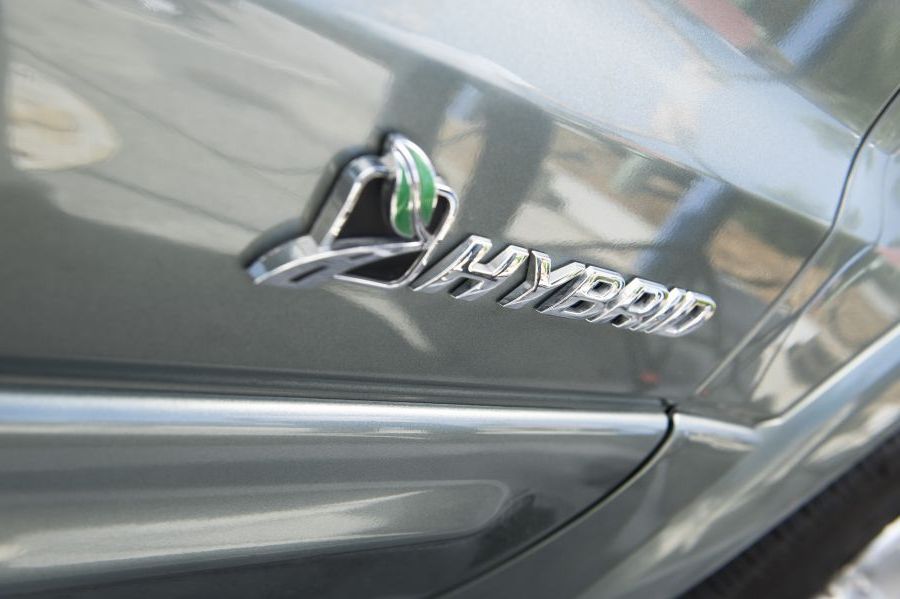
When a series-parallel hybrid (full hybrid) vehicle is engaged, the electric motor is turned on to help the vehicle move forward. The operation of the propulsion system is based on the interaction of an internal combustion engine, an electric motor and a set of heavy batteries. The internal combustion engine does not have to be running when starting off. This is the so-called zero emission mode, in which no fuel is burned at all. A hybrid car can drive in this mode in the city if it has the correct battery level. If the battery is discharged - "empty", the car has nowhere to draw the necessary energy, so the internal combustion engine is turned on. The battery will be recharged every time you press the brake pedal.
In the case of "mild hybrids", the most important role is played by an internal combustion engine, working with a mechanical (manual) or automatic transmission. Between the internal combustion engine and the gearbox or among other units located in the engine compartment, an electrical unit is mounted. In this case, the electric motor acts as an alternator or starter. In "mild hybrids" a second battery is also installed, which is responsible for the accumulation of energy to power the electric motor.
While driving, such a hybrid car, using its electric unit, generates the energy needed to power on-board devices, such as radio, as well as two batteries under the hood. The electric motor must support the internal combustion engine, and this interaction can reduce fuel consumption by up to 10 percent.
Why choose a hybrid car?
Are you wondering if a hybrid is really a good choice? A hybrid vehicle has many benefits, fuel economy being the most important. Fuel consumption of hybrid cars in the city is estimated at only 2 liters per 100 km. This is also a significant advantage. there is no need to charge the battery separately from the outlet. This, in turn, has a positive impact on the environment. With a hybrid car, all you have to do is fill up with gas from time to time. When you brake, the energy normally lost during that time is recovered by the alternator and stored in the battery.
Volvo has a noteworthy hybrid offering with the XC60, XC40 or XC90.
Frequently Asked Questions
What does it mean that the car is hybrid?
Hybrid vehicles combine internal combustion systems and electric vehicle systems. Therefore, they have an internal combustion engine and an electric motor or several electric motors.
Should you buy a hybrid car?
The advantages of hybrid vehicles are, above all, a significant reduction in fuel consumption (savings in gas stations) and no need to charge the battery separately from the socket (environmental benefits). Hybrids are great for city driving: they are quiet, regenerate energy under braking (including by the engine) and keep the system running smoothly.
What is the difference between hybrid and petrol?
The combination of a gasoline engine and an electric motor means that hybrid vehicles use much less fuel than internal combustion engines. When driving in the city, fuel consumption is only 2 liters per 100 km. Hybrid cars are also quieter and more environmentally friendly.
